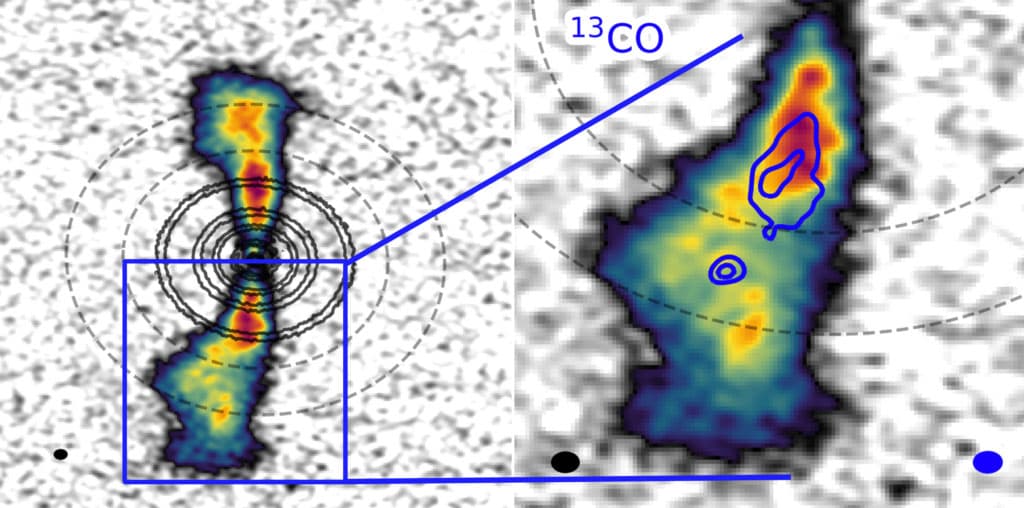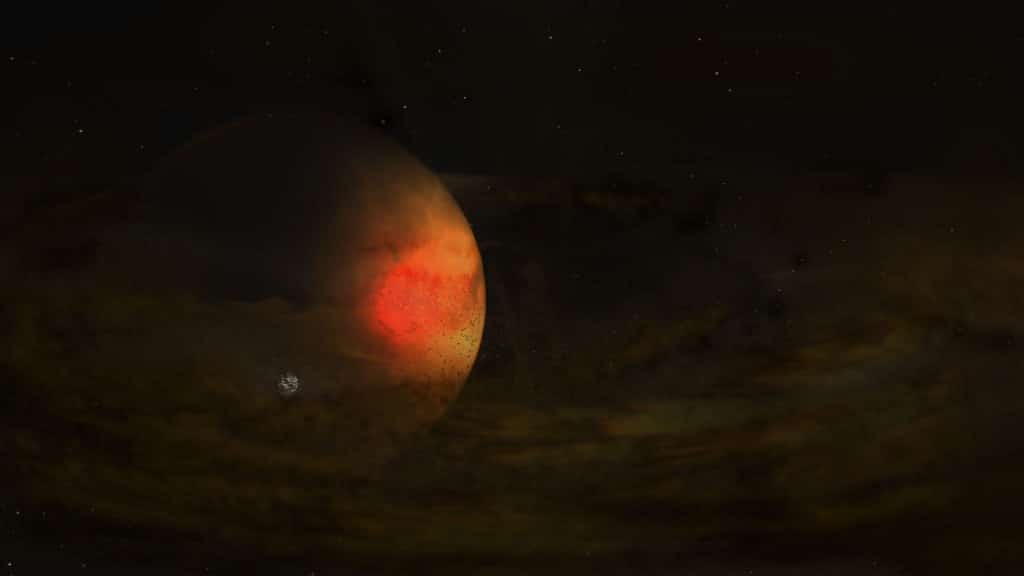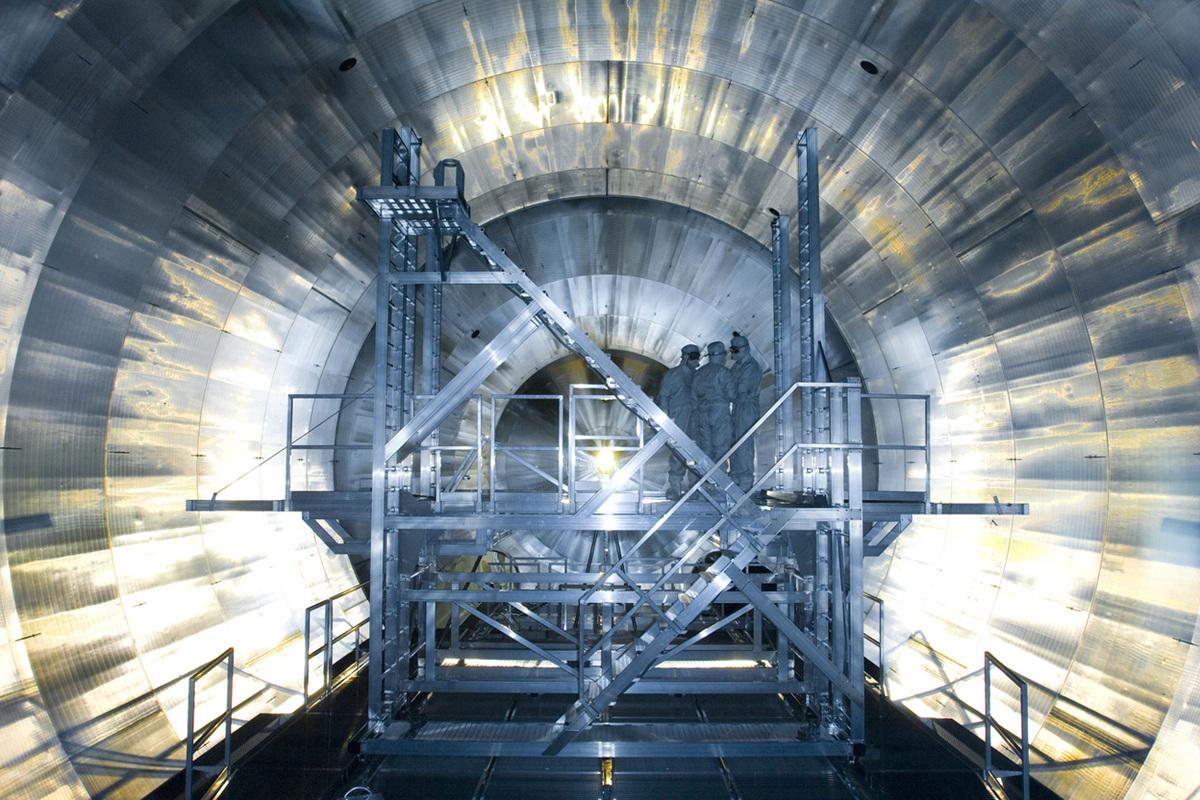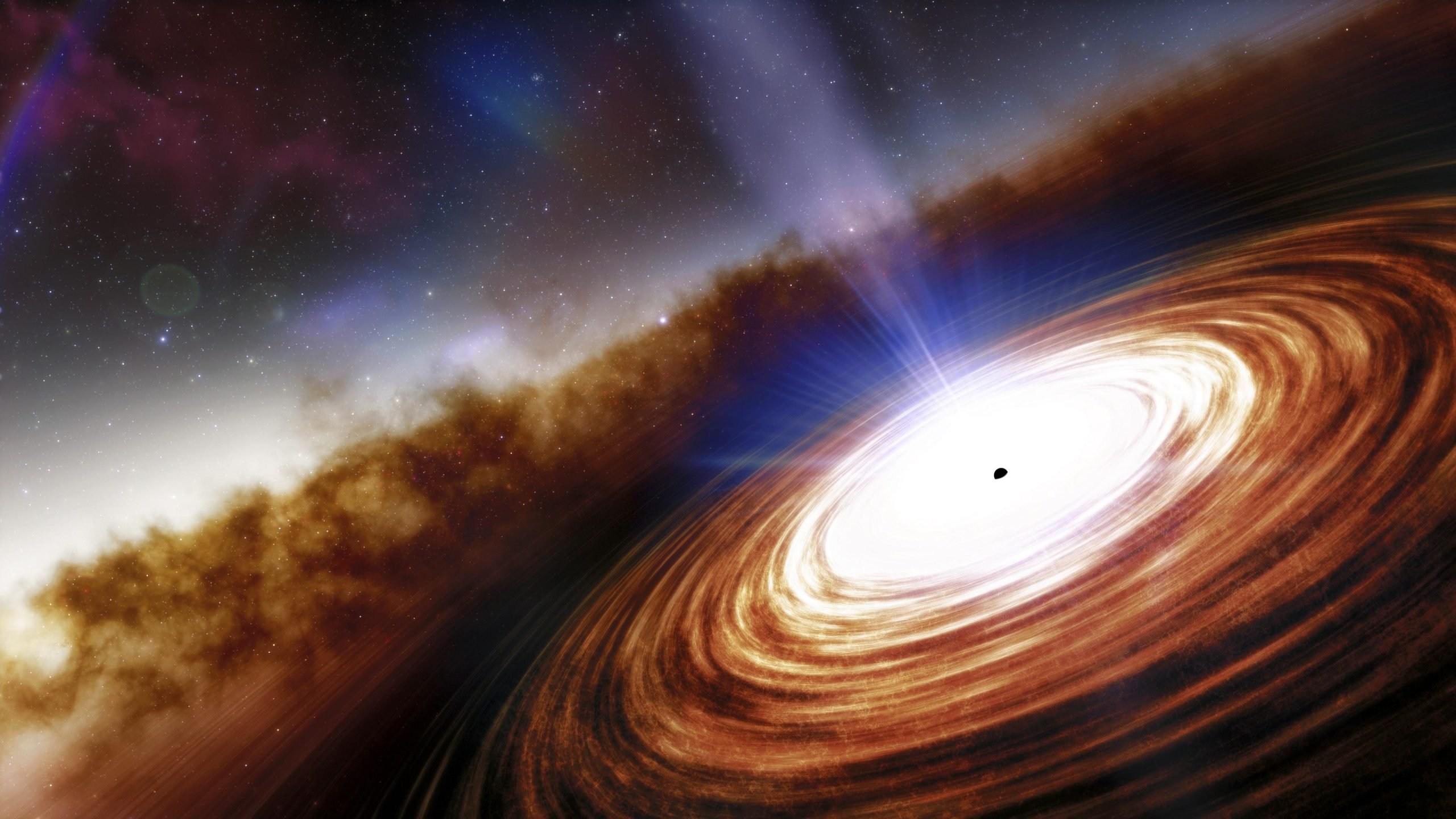Using Atacama Large Millimeter/submillimeter Array (ALMA), scientists have made the first-ever detection of gas in a circumplanetary disk. This detection also suggests a presence of a very young exoplanet.
Around newborn planets, a collection of gas, dust, and debris is called a circumplanetary disc. These discs produce moons and other rocky satellites and regulate the development of young, massive planets. The origin of our Solar System, as well as that of Jupiter’s Galilean moons, which researchers believe formed in a circumplanetary disc of Jupiter some 4.5 billion years ago, may be better understood by looking at these discs in their early phases.
In the gas surrounding AS 209, a young star in the constellation Ophiuchus about 395 light-years from Earth, scientists saw a blob of light emission in the center of an otherwise empty gap. As a result, the circumplanetary disc encircling a candidate planet with a mass similar to Jupiter was discovered. Because of the planet’s distance from its star and its age, scientists are keeping a close eye on the system.

Credit: ALMA (ESO/NAOJ/NRAO), J. Bae (U. Florida)
AS 209 is a young star located roughly 395 light-years from Earth in the constellation Ophiuchus. The star system has been of interest to scientists working in the ALMA MAPS— Molecules with ALMA at Planet-forming Scales— collaboration for more than five years due to the presence of seven nested rings, which scientists believe to be associated with ongoing planet formation.
The exoplanet defies known ideas of planet formation because it lies 18.59 billion miles from its host star or more than 200 astronomical units. This exoplanet may be among the youngest ever discovered if the host star’s projected age of just 1.6 million years is accurate. More research is required, and scientists hope upcoming observations with the James Webb Space Telescope will confirm the planet’s presence.

Credit: ALMA (ESO/NAOJ/NRAO), S. Dagnello (NRAO/AUI/NSF)
Jaehan Bae, a professor of astronomy at the University of Florida and the lead author of the paper, said, “The best way to study planet formation is to observe planets while they’re forming. We are living in a very exciting time when this happens thanks to powerful telescopes, such as ALMA and JWST.”
Journal Reference:
- Jaehan Bae, Richard Teague, Sean M. Andrews, Myriam Benisty, et al. Molecules with ALMA at Planet-forming Scales (MAPS): A Circumplanetary Disk Candidate in Molecular-line Emission in the AS 209 Disk. The Astrophysical Journal Letters. DOI: 10.3847/2041-8213/ac7fa3
Note: This article have been indexed to our site. We do not claim legitimacy, ownership or copyright of any of the content above. To see the article at original source Click Here













